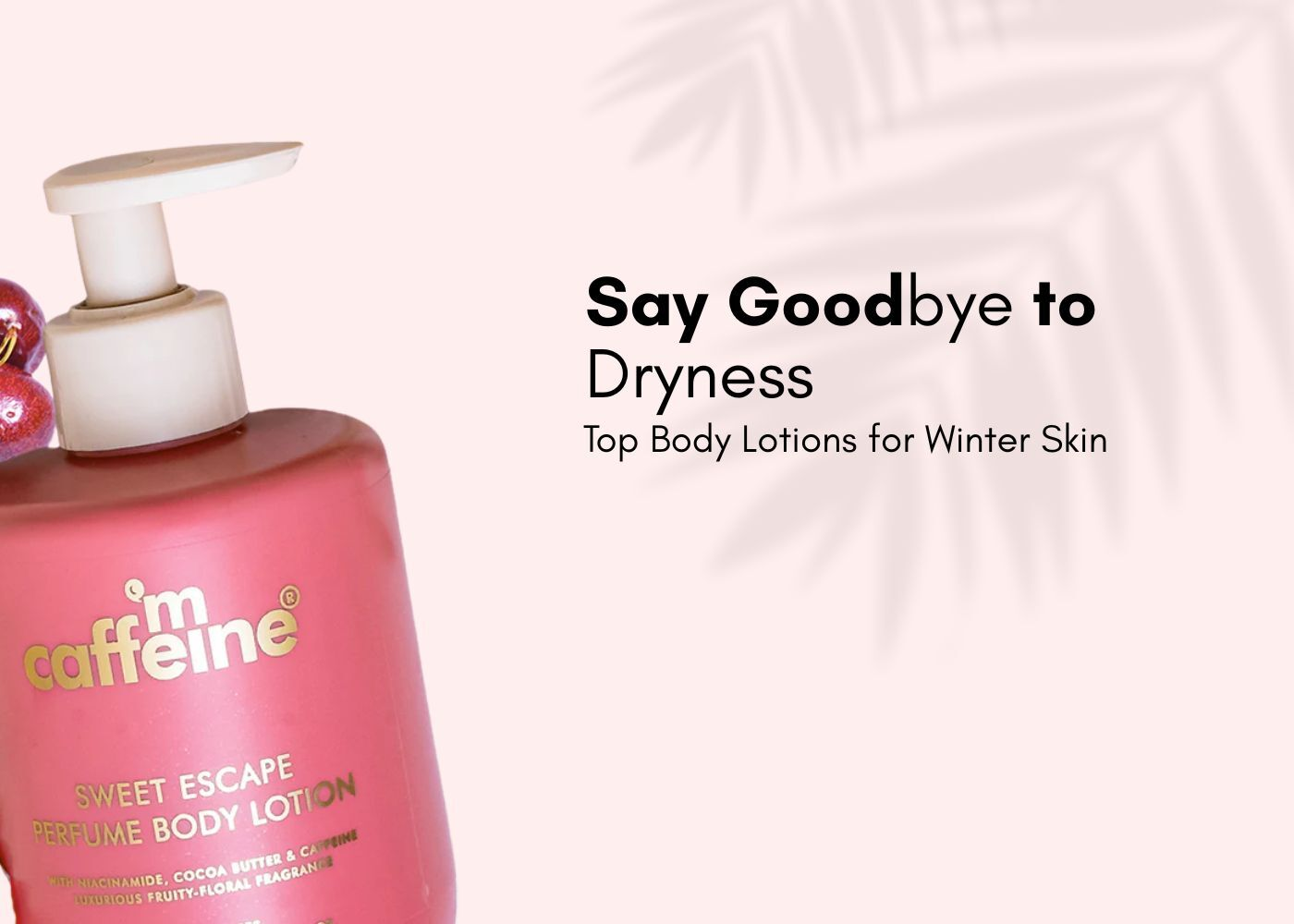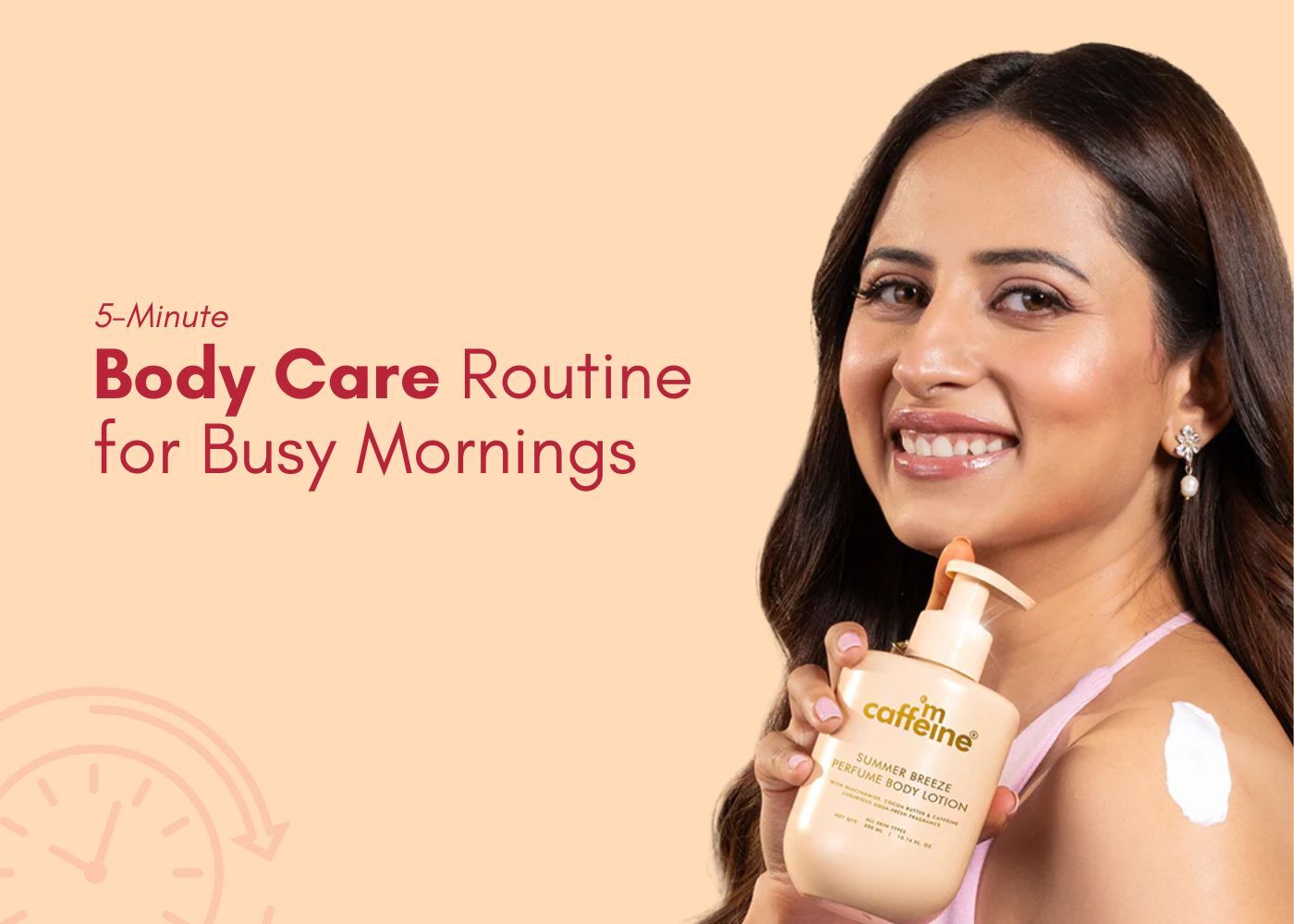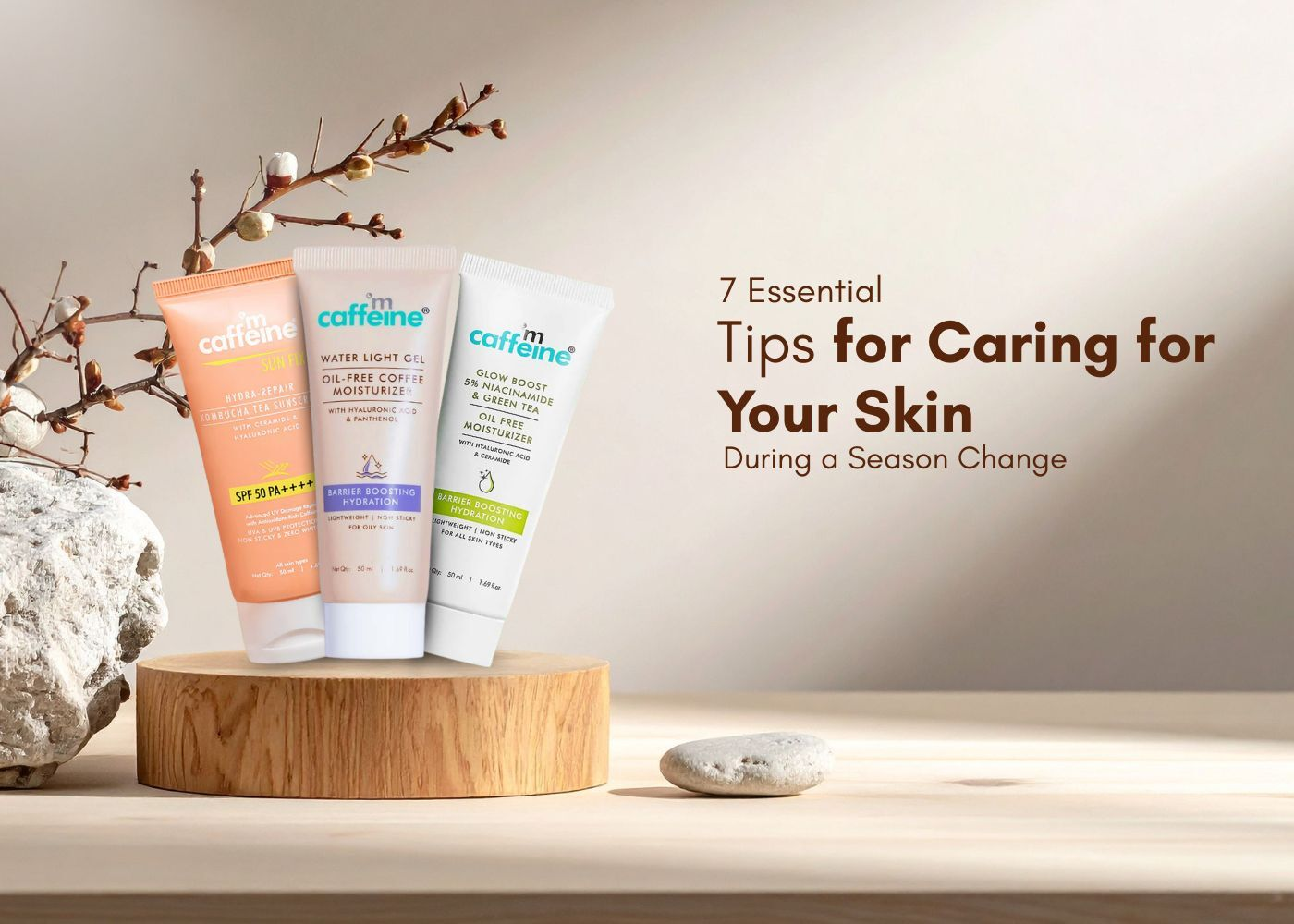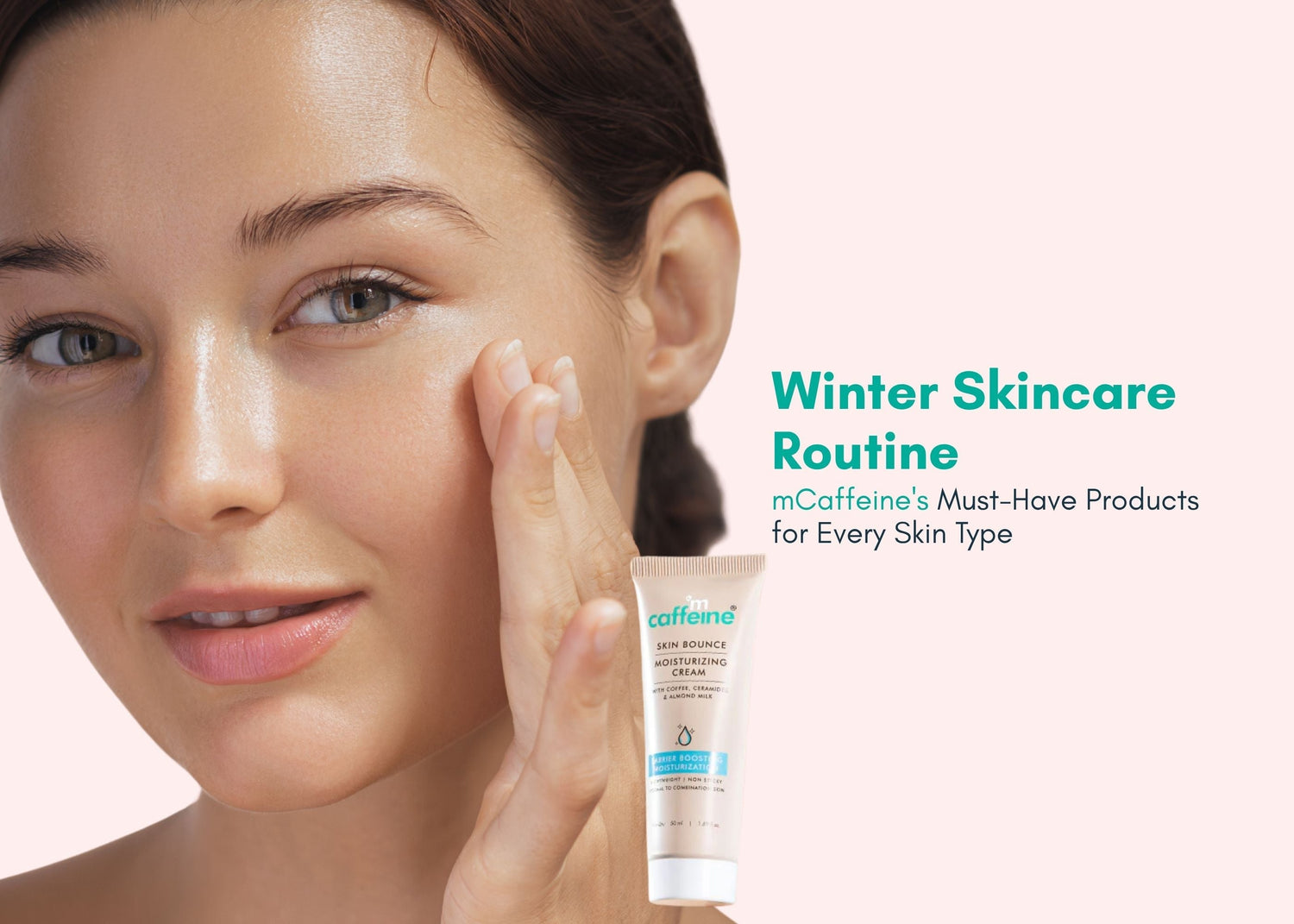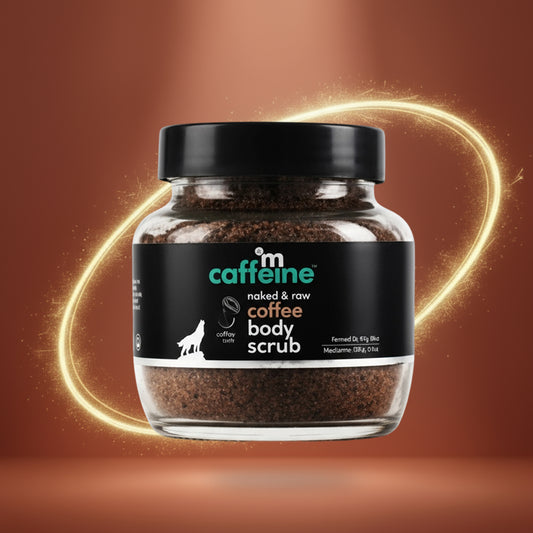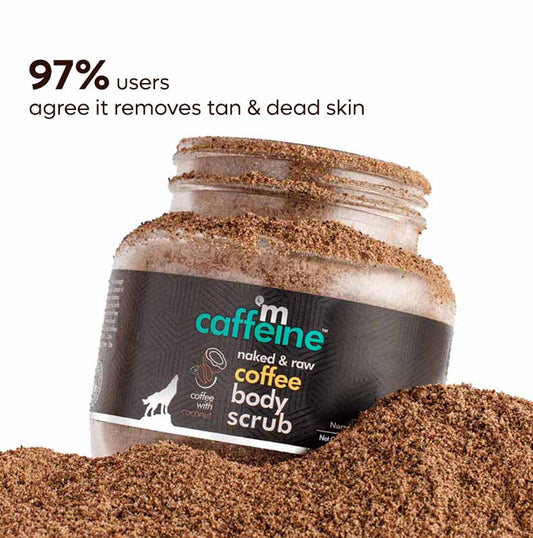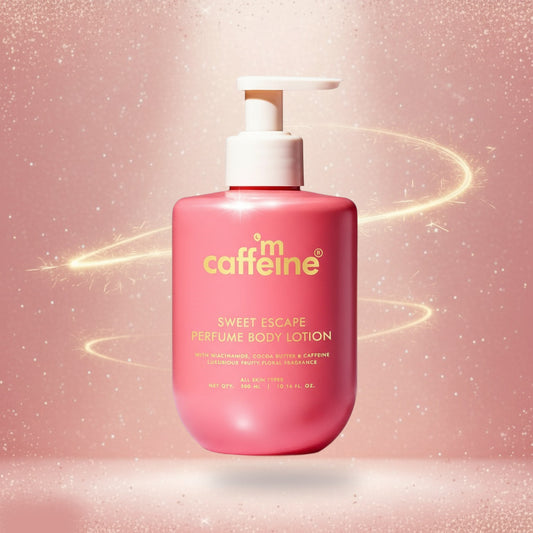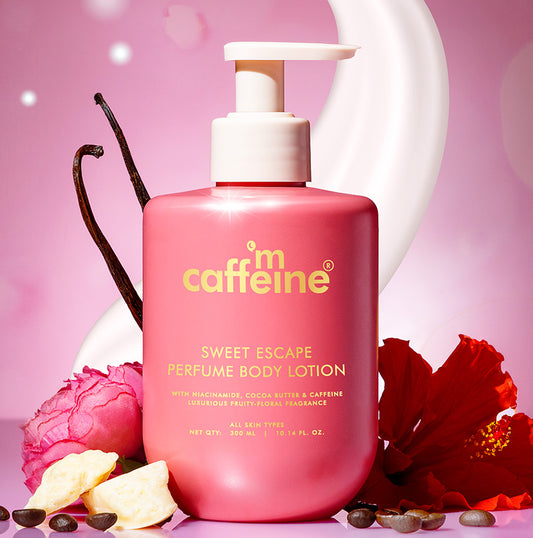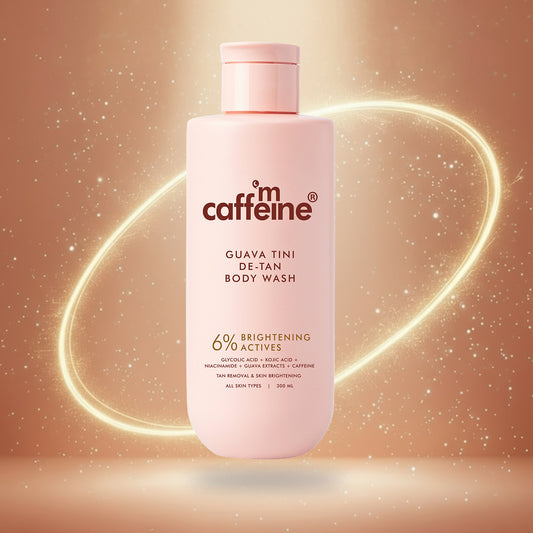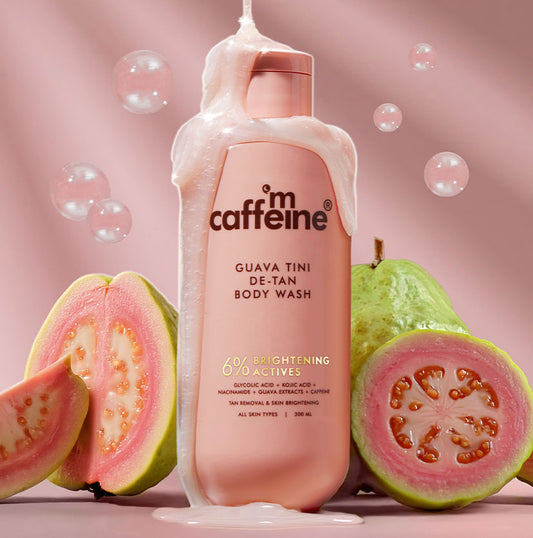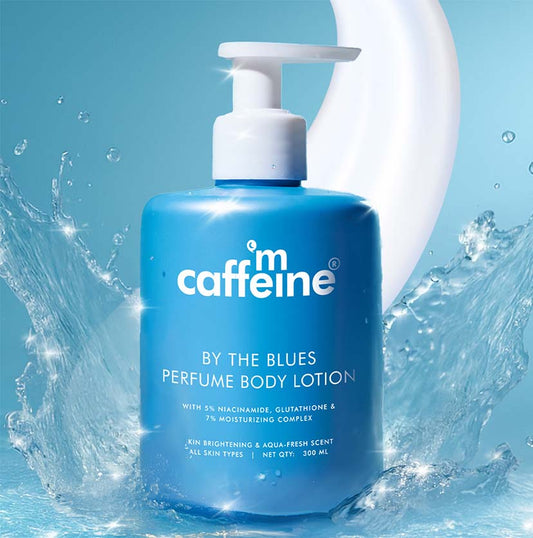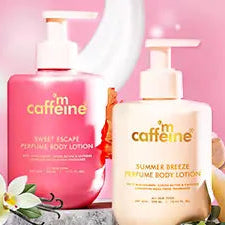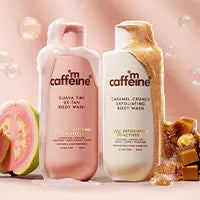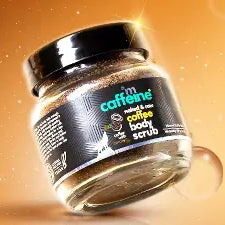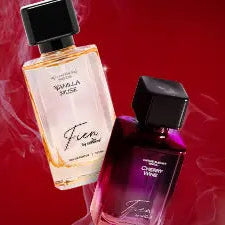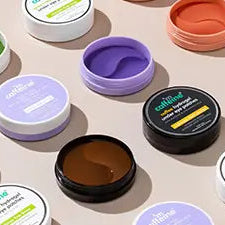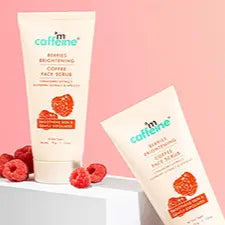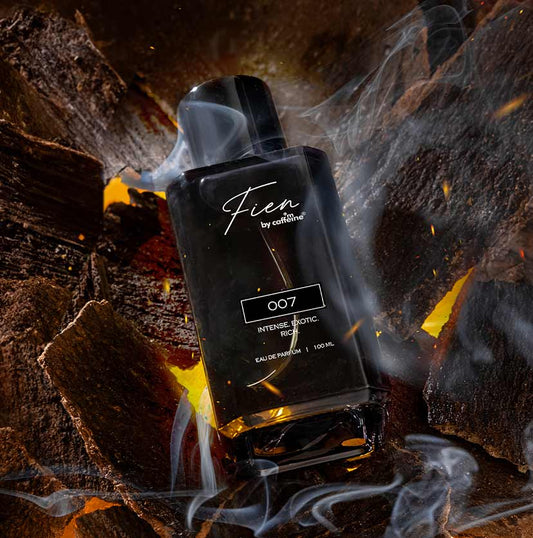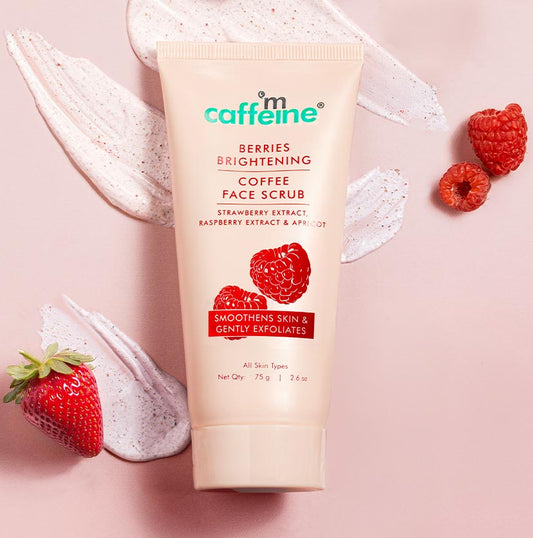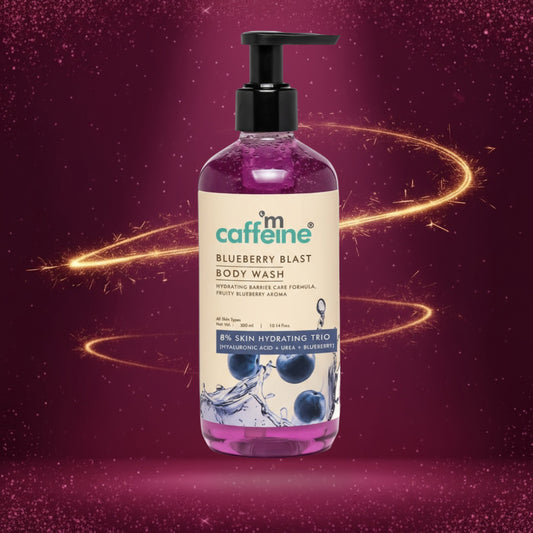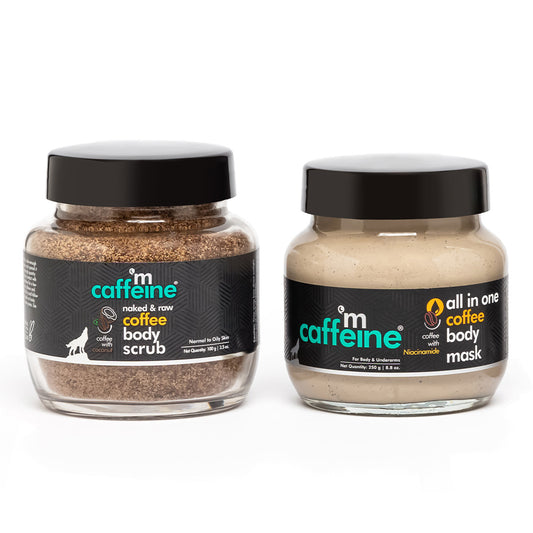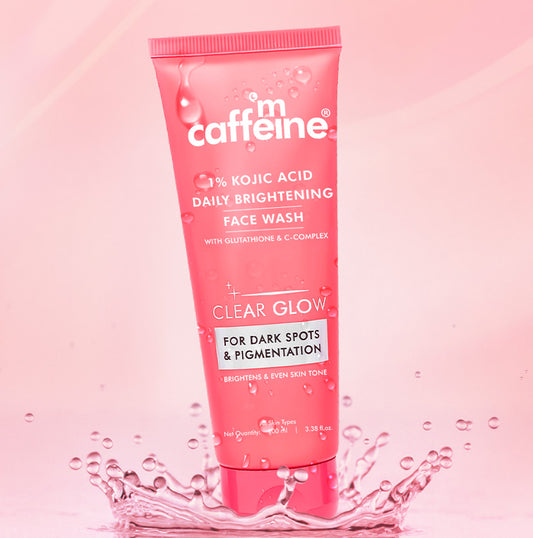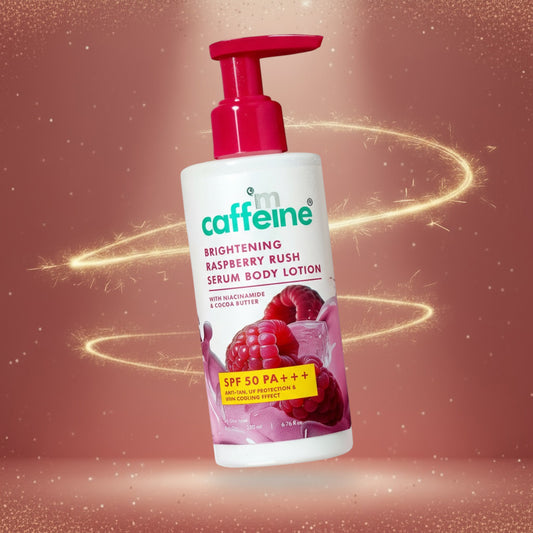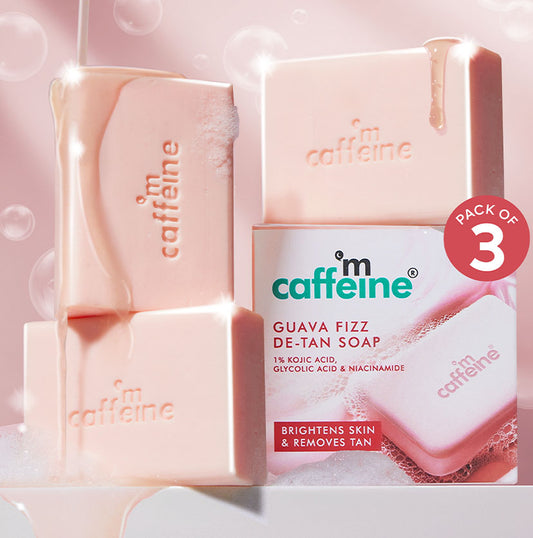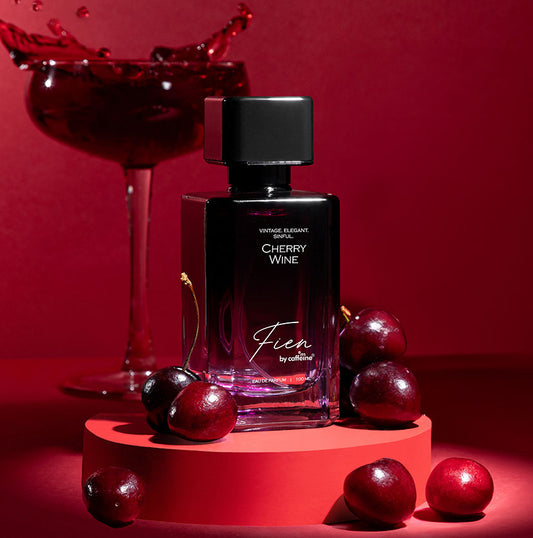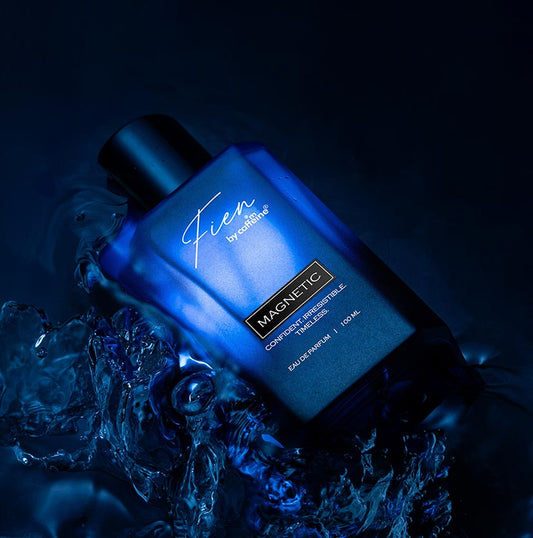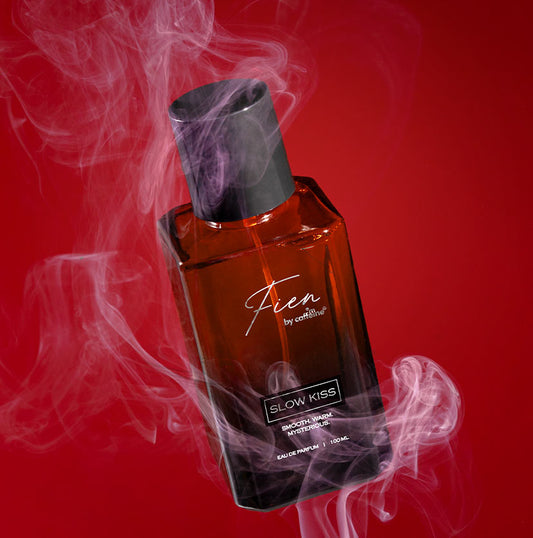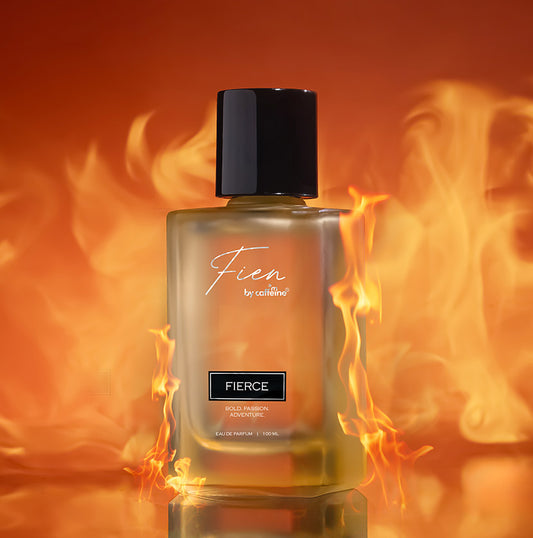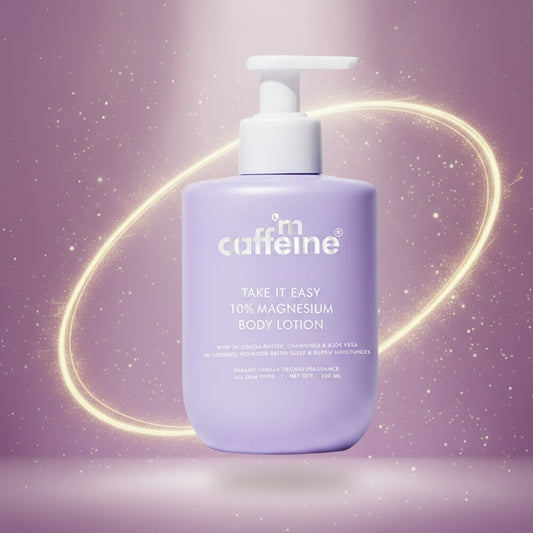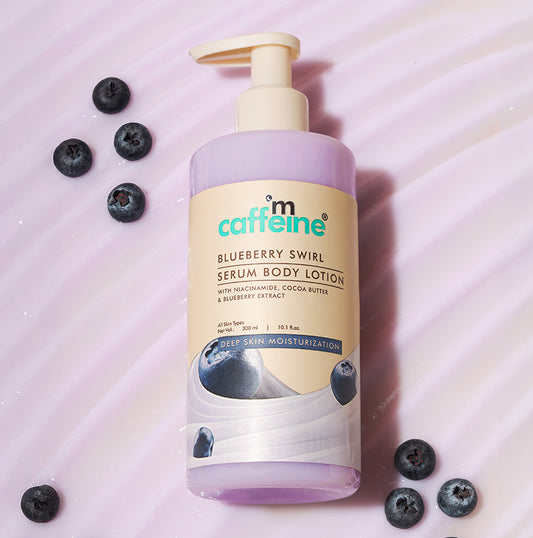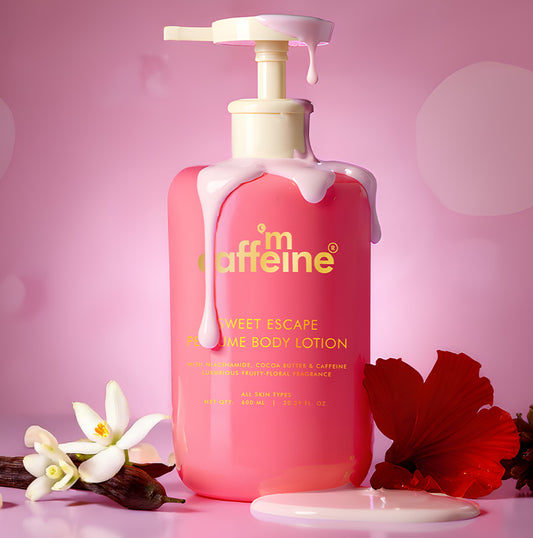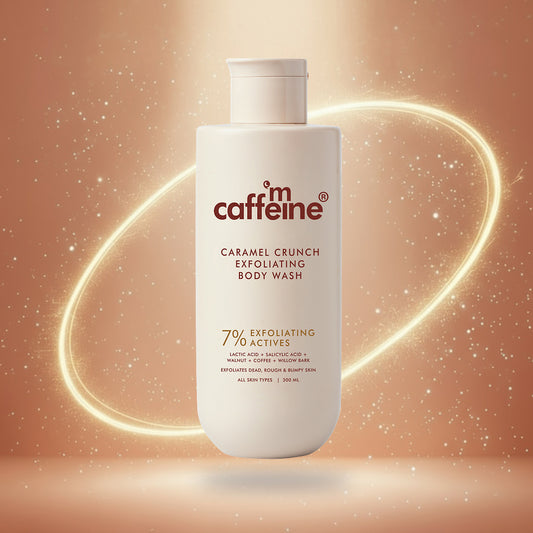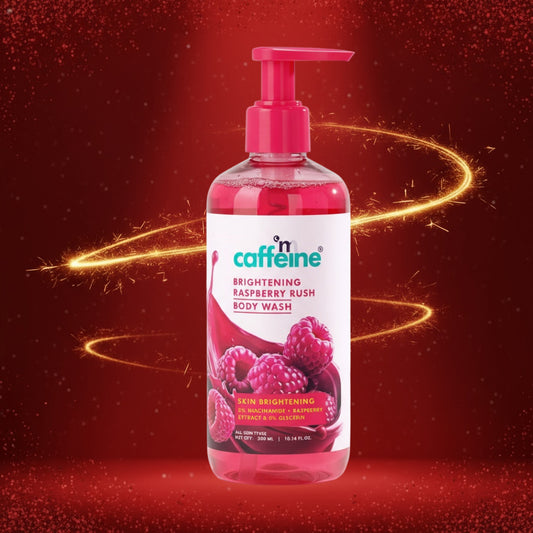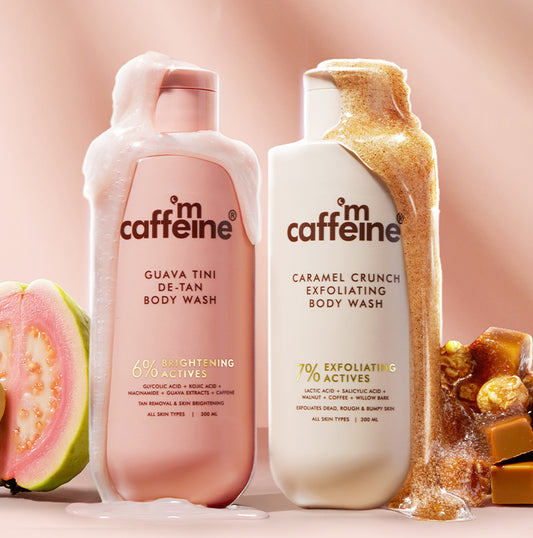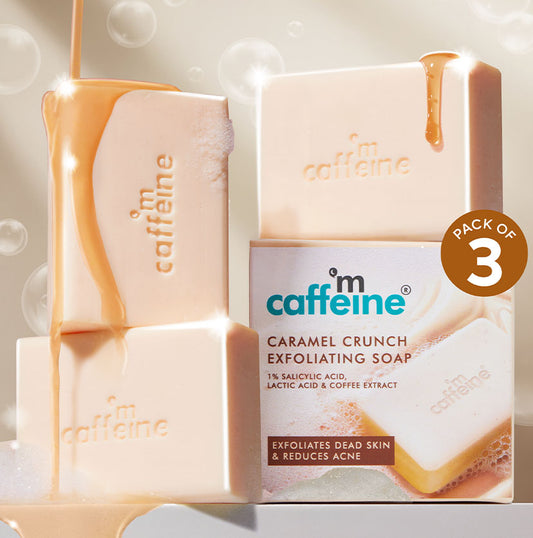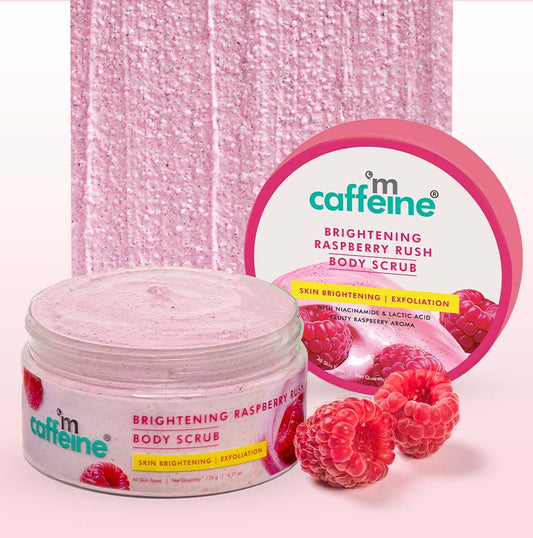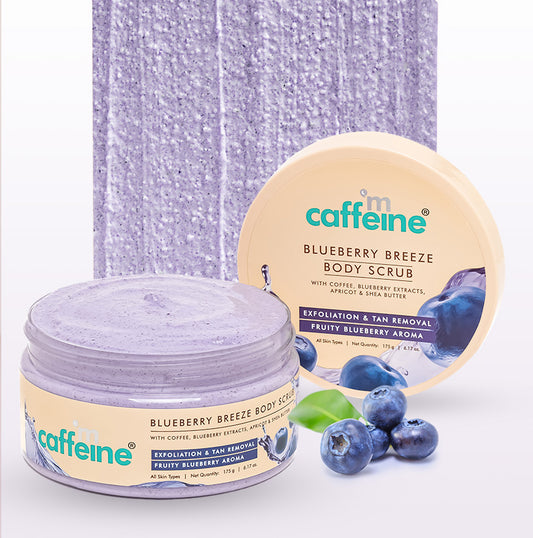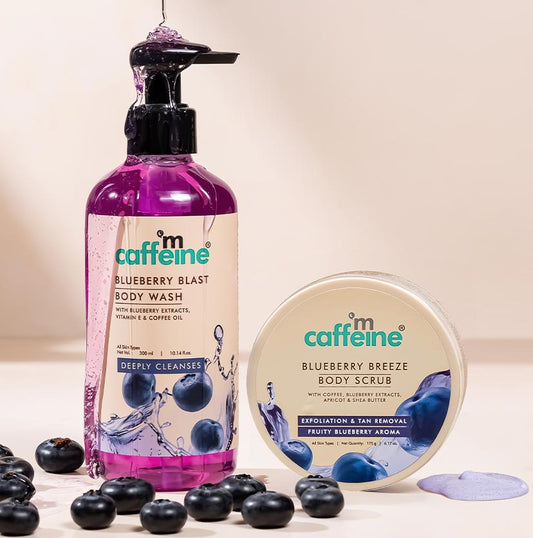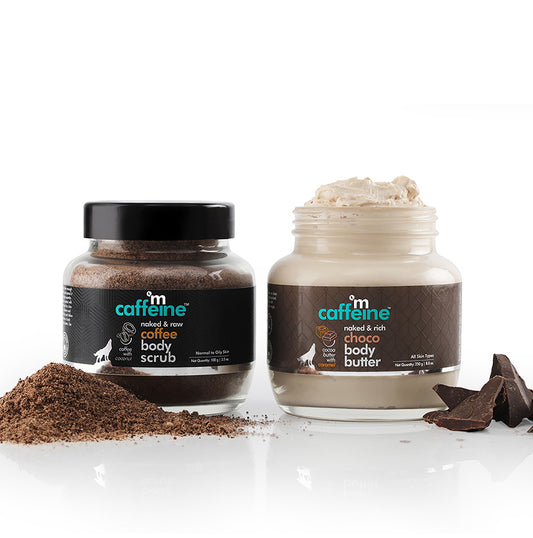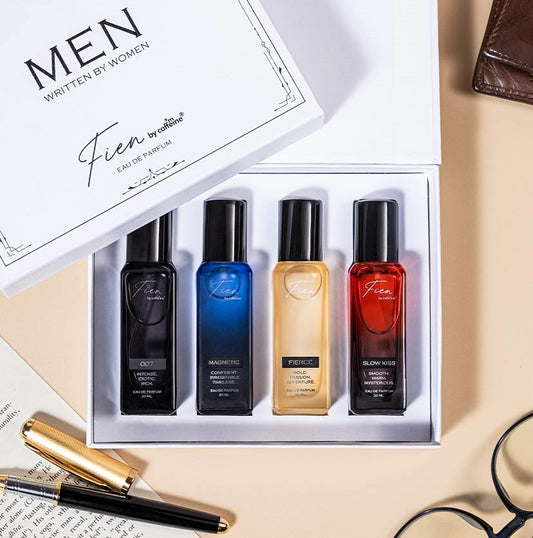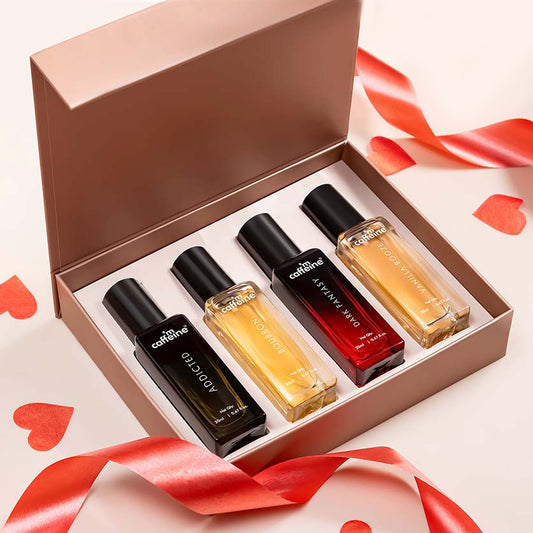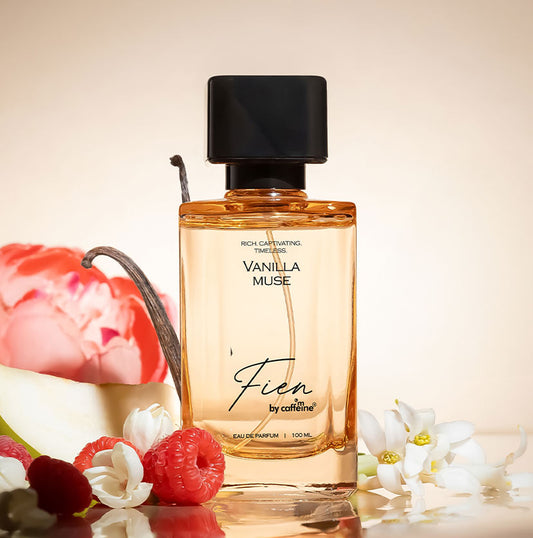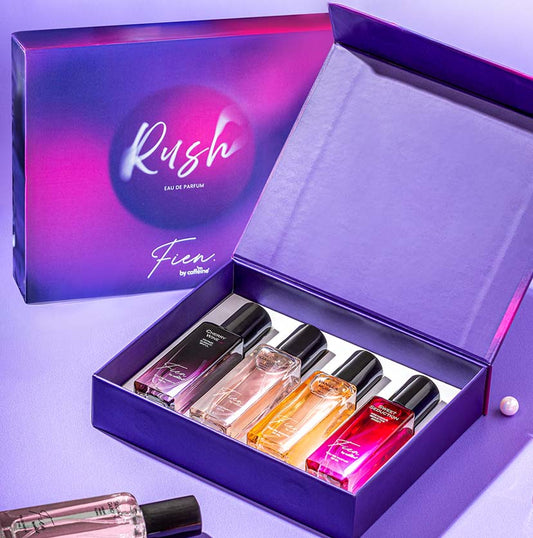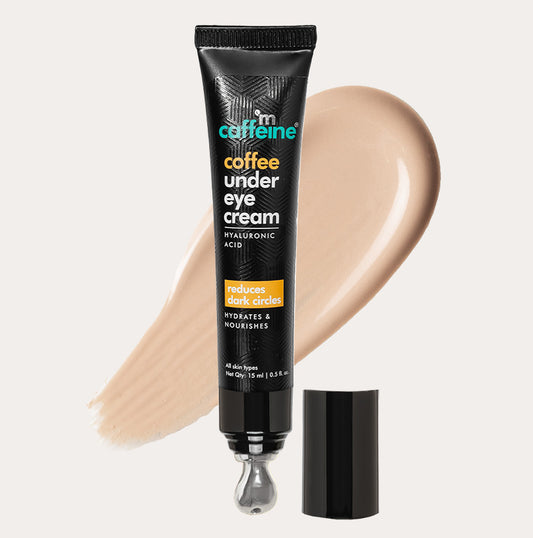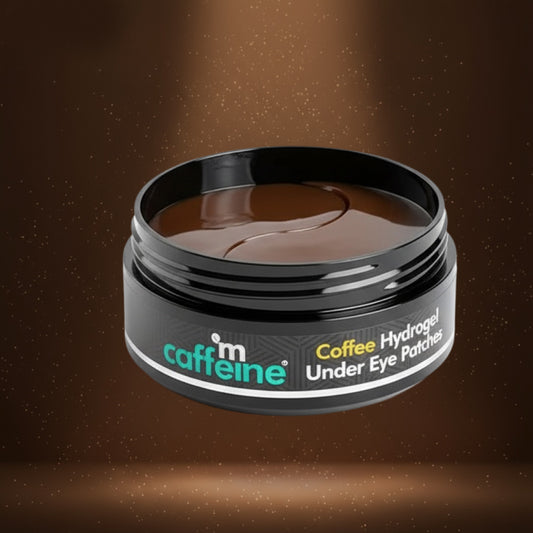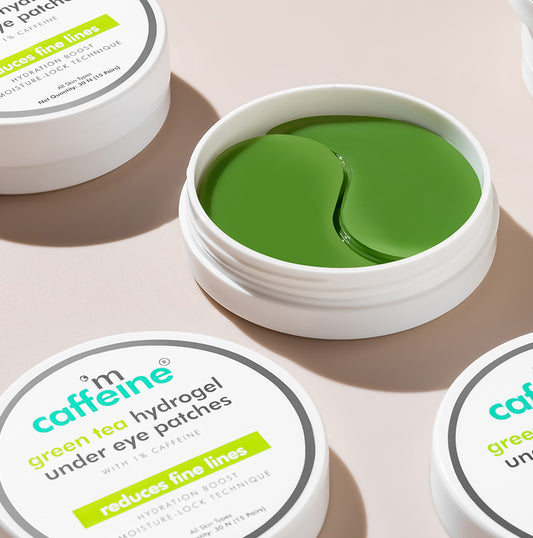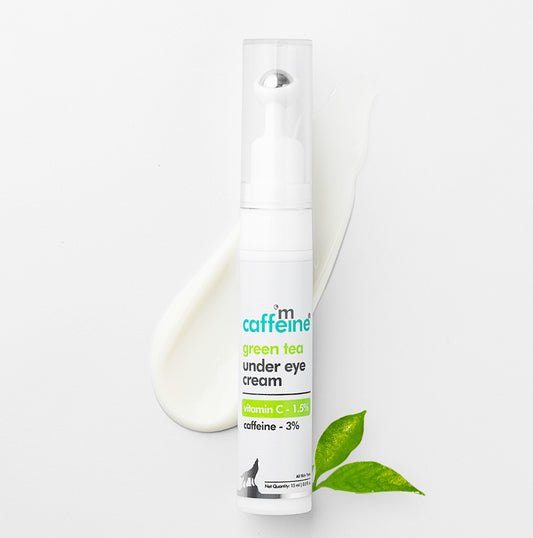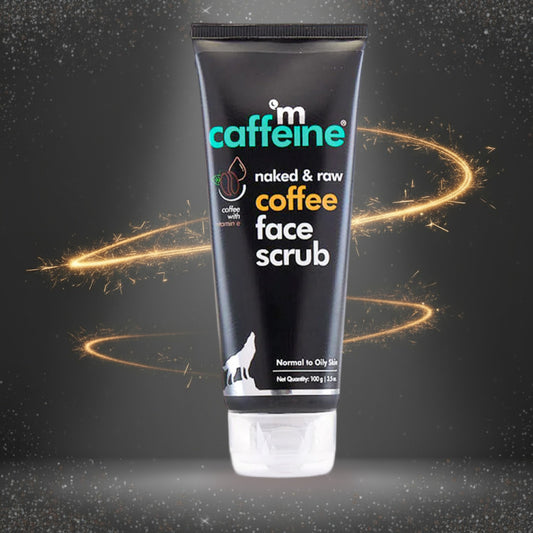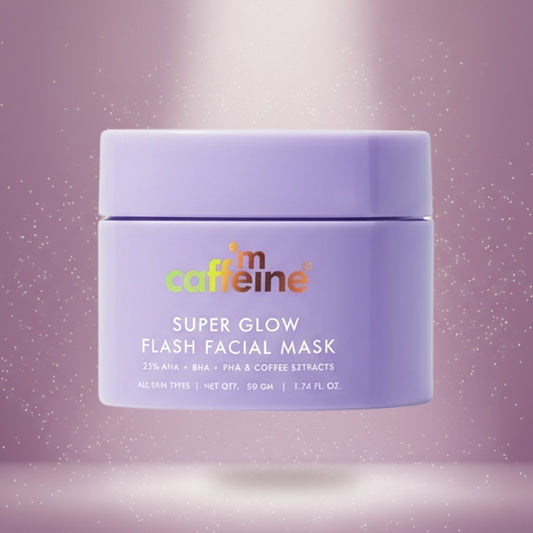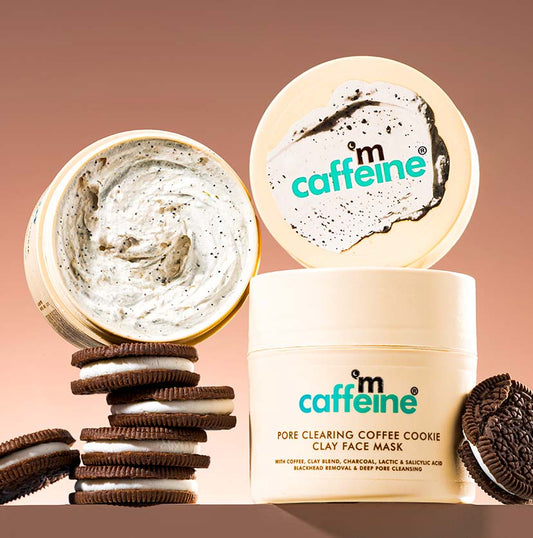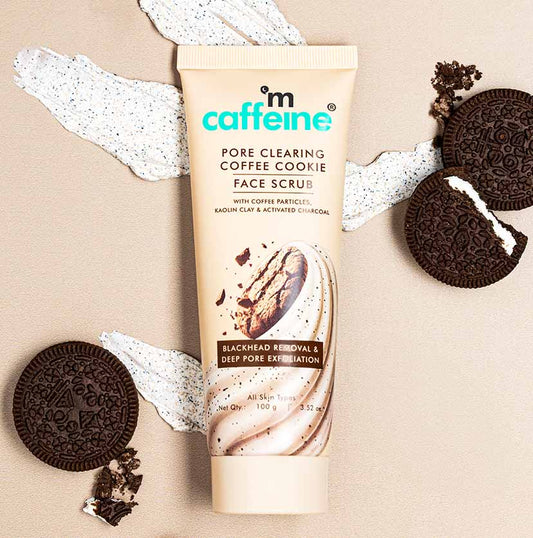Sunscreens for Body & Face: Full Coverage Protection
14 Apr 2025
A daily skincare routine that covers both your face and body calls for proper protection against harmful sun exposure. Many individuals seek the best sunscreen for face and body because balanced protection minimizes the effects of harsh UVA and UVB rays. Daily use of an effective sunscreen for face offers gentle yet reliable care, while a quality sunscreen for body defends against weather and environmental factors during outdoor activities.
UVA and UVB Rays: Impact on Skin Health
Harsh ultraviolet rays are a major concern for those looking for the sunscreen for face and body. Harmful UVA rays penetrate deep into the skin’s layers, contributing to premature aging. UVB rays affect the outer skin surface, causing sunburn and irritation.
Strong exposure to both UVA and UVB rays significantly increases the risk of skin damage. A reliable sunscreen for face must provide broad-spectrum coverage, and an effective sunscreen for body must offer equally robust protection during outdoor activities.
Decoding SPF: What It Means for Your Skin
SPF stands for Sun Protection Factor, a measurable indication of how long you can stay in the sun before burning when using sunscreen. A quality often advertises their SPF ratings to inform your daily use. Regular practice of using the best sunscreen for face and body implies that an SPF of 30 or higher is sufficient under most conditions, yet many prefer SPF 50 for extended outdoor exposure.
Comparing SPF 30, 50, and Higher Ratings
SPF, or Sun Protection Factor, tells you how well a sunscreen protects your skin from harmful UVB rays—the ones responsible for sunburn. But what do SPF 30, 50, or even 70 actually mean?
-
SPF 30 blocks about 97% of UVB rays
-
SPF 50 blocks about 98%
-
SPF 70+ offers only slightly more protection
The difference may seem small, but it can matter if you have sensitive skin, a history of sunburns, or spend long hours outdoors.
For everyday use, SPF 30 is usually enough for the face, especially if you’re mostly indoors or in shade. But for the body, especially during outdoor activities like swimming, hiking, or sports, many people choose SPF 50 or higher. This gives you a bit more coverage and better resistance against sweat and water.
How UVA and UVB Rays Affect Skin Layers
Each layer of skin responds differently when exposed to UV radiation. Protective measures involve a careful formulation that addresses deep skin damage and superficial burns. Damage to the deeper dermal layers comes mainly from UVA rays, which accelerate aging and sagging. UVB rays, responsible for surface burns, affect the epidermis and lead to peeling. High performance in the best sunscreen for face and body hinges on ingredients that counteract both deep and surface damage.
Two Types of Harmful Rays You Need Protection From
-
UVA Rays:
-
Penetrate deeper into the skin (dermis layer)
-
Cause premature aging, wrinkles, loss of elasticity
-
Present all year round, even on cloudy days or through windows
-
UVB Rays:
-
Affect the outer skin layer (epidermis)
-
Cause sunburns, redness, peeling
-
Strongest during midday sun and in summers
Waterproof, Sweat-Resistant, and Water-Resistant Sunscreens
If you're someone who loves being outdoors, hitting the gym, or going for a swim, you need a sunscreen that keeps up with your active lifestyle. But not all sunscreens perform the same when it comes to sweat and water exposure.
-
Water-Resistant Sunscreen: Water-resistant sunscreen is designed to stay effective even when your skin is exposed to water or sweat, typically for 40 to 80 minutes. It’s a great choice if you're spending time at the beach, exercising outdoors, or simply living in a humid climate. However, it’s important to remember that water-resistant doesn’t mean all-day protection — you still need to reapply it regularly, especially after swimming, towel drying, or heavy sweating.
-
Waterproof Sunscreen: Contrary to popular belief, no sunscreen is truly waterproof. In fact, the FDA has banned the use of the term “waterproof” because it can mislead users into thinking the sunscreen offers unlimited protection in water. Any product that still uses this term might be outdated or not following safety regulations.
-
Sweat-Resistant Sunscreen: Sweat-resistant sunscreen is specially made to stay on your skin even when you're sweating heavily. This makes it a reliable option for athletes, runners, hikers, and anyone engaging in outdoor physical activities. These sunscreens are usually formulated to be non-comedogenic, meaning they won’t clog your pores, which is especially important when using sunscreen for the face.
Top Options for Active Lifestyles
Sun Bath SPF Body Sunscreen
This powerhouse sunscreen is designed specifically for people who are always on the move. Whether you're hitting the gym, heading for a morning run, or spending hours outdoors, Sun Bath SPF Body Sunscreen provides long-lasting coverage that holds up against sweat and light water exposure.
Sun Glaze Mist SPF 50 Sunscreen Spray
Perfect for your daily skincare routine or spontaneous sunny outings, Sun Glaze Mist SPF 50 Sunscreen Spray is a lightweight and non-greasy mist formulated to defend your face against harsh UV rays. It’s easy to apply and ideal for touch-ups throughout the day — just a few spritzes and you’re covered.
Coffee Sunscreen Lotion SPF 50 PA
This lotion offers more than just high SPF, it’s a skincare multitasker. Infused with coffee extract, known for its antioxidant power, and caffeine, which energizes the skin, this sunscreen for body is especially helpful for reducing dullness and puffiness.
Key Ingredients to Look for in the Best Sunscreen for Face and Body
-
Niacinamide (Vitamin B3)
Helps reduce redness and inflammation, evens out skin tone, and strengthens the skin barrier — especially great for sensitive or acne-prone skin. -
Vitamin C
A powerful antioxidant that protects against free radical damage from UV rays and pollution. Also helps brighten and even out skin tone. -
Hyaluronic Acid
Deeply hydrates the skin, preventing dryness or irritation often caused by sun exposure. Adds a plumping, soothing effect. -
UV Filters (like Zinc Oxide, Titanium Dioxide, Avobenzone)
These are the core protective agents that physically or chemically block UVA and UVB rays. -
Antioxidants (like Green Tea Extract, Coffee Extract, etc.)
Help neutralize oxidative stress caused by sun damage and improve overall skin health. -
Kojic Acid & Alpha Arbutin
Skin-brightening ingredients that reduce hyperpigmentation and sun spots, making them ideal for daily use sunscreens that also improve complexion.
Application Tips for Maximum Efficacy
Proper application is key in ensuring the best sunscreen for face and body performs effectively. Effective usage includes applying a generous layer of your sunscreen for face 20 minutes before heading outdoors. A routine for both face and body should emphasize thorough and even application across all exposed areas. Careful steps include shaking the bottle well, ensuring an even spread on the skin, and reapplying every 2 hours or immediately after swimming.
Conclusion
A balanced skincare routine benefits from using a quality product that qualifies as the best sunscreen for face and body. Practical advice and detailed insights presented earlier help you choose the right sunscreen for face to protect your skin daily. Taking a proactive stance on sun protection ensures long-term skin health and confidence with every application.
FAQs
Q1. Which sunscreen is best for face and body?
A product qualifying as the best sunscreen for face and body combines broad-spectrum UV filters with a formulation gentle enough for the face yet robust for the body. A balanced product protects against UVA and UVB rays while suiting various skin types.
Q2. Can I use the same sunscreen for face and body?
A single formulation may serve as both a sunscreen for face body; however, specialized formulas might be preferable for very sensitive facial skin. Consider your skin’s specific needs when selecting the sunscreen option.
Q3. Which sunscreen is best for your body?
A well-formulated sunscreen for body should offer water/sweat resistance along with broad-spectrum protection suitable for active lifestyles. A product that qualifies as the sunscreen for face and body delivers consistent protection during extended outdoor activities.
Q4. How often should sunscreen be reapplied during outdoor activities?
Reapplication every 2 hours maintains adequate protection from the sun’s rays over long periods outdoors. Consistent use of a quality sunscreen for face and body ensures that coverage remains effective throughout your activity.
Q5. What are the key ingredients to look for in a sunscreen for face and body?
A careful formulation includes actively protective components such as broad-spectrum UV filters, niacinamide, vitamin C, and hyaluronic acid. A label that advertises the best sunscreen for face often highlights these ingredients alongside antioxidants for enhanced skin defense.
